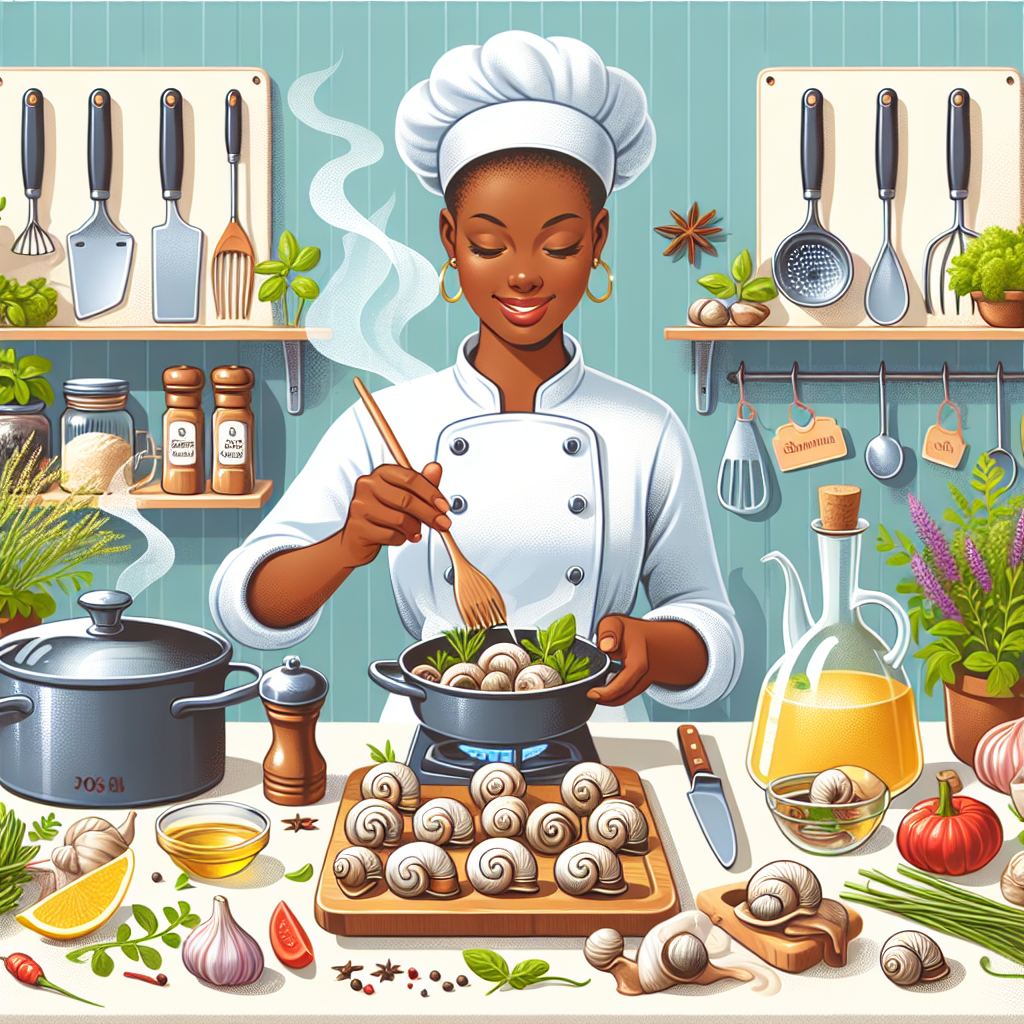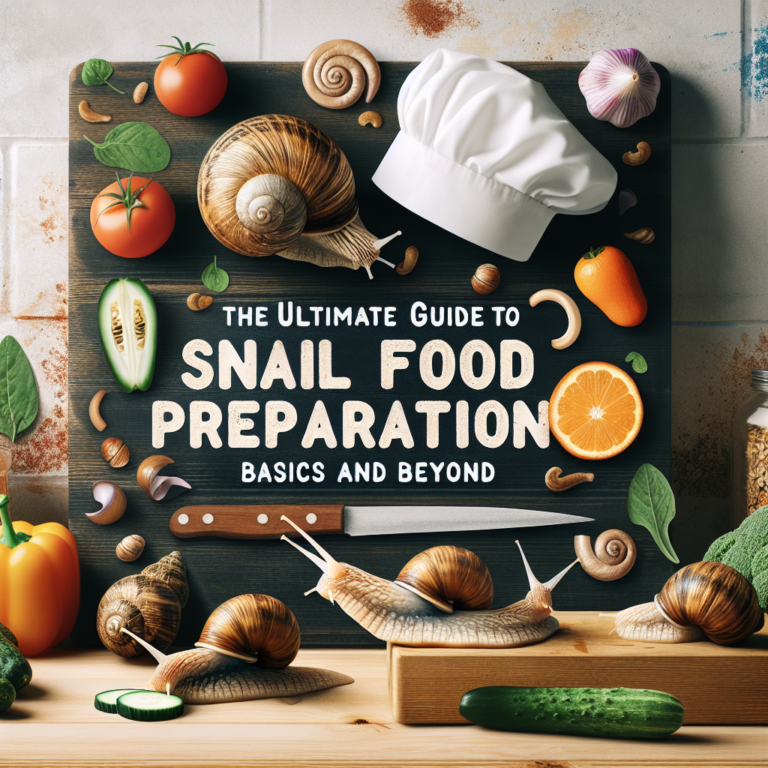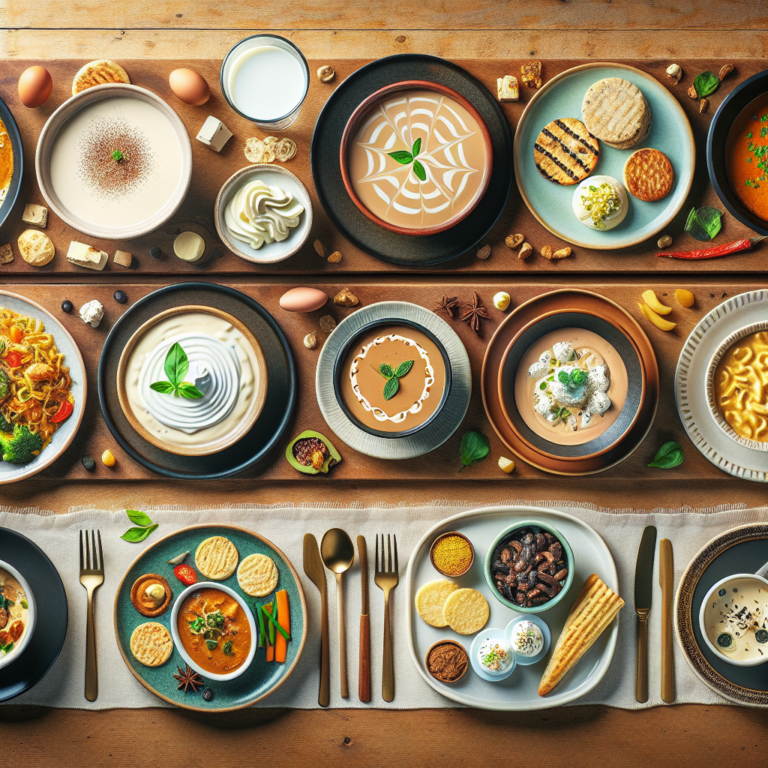
Introduction
Cooking escargot, or snails, can seem intimidating for beginners. This delicacy is often associated with gourmet cuisine and high-end restaurants, but with the right approach and guidance, anyone can prepare delicious escargot at home. In this article, we will explore the essentials of cooking escargot, from selecting the right ingredients to mastering cooking techniques, as well as some tips and tricks to ensure a successful culinary experience.
Understanding Escargot
Escargot doesn’t just refer to any snail; it specifically pertains to edible snails, primarily from the species Helix pomatia (the Burgundy snail) and Helix aspersa (the garden snail). Escargot is celebrated for its unique texture and the ability to absorb the flavors of the ingredients it is cooked with. It’s commonly served as an appetizer in various cuisines, especially French.
Choosing the Right Escargot
Types of Escargot
- Helix pomatia: Known as the Burgundy snail, it is highly regarded for its taste and texture.
- Helix aspersa: Also known as the garden snail, it is smaller but widely available and commonly used.
- Others: Occasionally, other species may be used in certain regions, but it’s best to stick with the established types for optimal flavor.
Where to Buy Escargot
Escargot can be found at specialty gourmet stores, good seafood markets, or online. When purchasing, look for the following:
- Ensure the snails are marked as ‘edible’ or ‘culinary-grade.’
- Check for proper packaging; fresh snails should be moist and stored in breathable containers.
- If buying canned or frozen escargot, check the brand’s reputation for quality.
Preparing Escargot for Cooking
Cleaning Escargot
Prior to cooking, it’s crucial to clean the snails properly. Here’s how:
- Rinse the snails under cold water to remove any debris.
- Soak the snails in water with a bit of salt or cornmeal for about 1-2 hours. This helps purge them of any impurities.
- Rinse again thoroughly to ensure all grit is removed.
Pre-Cooking Preparations
In some cases, especially when using live snails, you might want to purge them further by keeping them in a controlled diet of fresh vegetables for a day or two. After cleaning, escargots can be used in various recipes or can simply be cooked plain with garlic butter.
Cooking Methods
Classic Baked Escargot
This traditional method is perhaps the most popular way to prepare escargot. You’ll need:
- 12 escargots (cleaned)
- 4 tablespoons of butter (softened)
- 2 cloves of garlic (minced)
- 2 tablespoons of fresh parsley (chopped)
- Salt and pepper to taste
- White wine (optional)
Follow these steps:
- Preheat your oven to 375°F (190°C).
- In a bowl, mix the softened butter, minced garlic, chopped parsley, salt, and pepper.
- Place the escargots in escargot dishes or small ramekins.
- Fill each escargot shell with a dollop of the garlic butter mixture. If desired, add a splash of white wine for extra flavor.
- Bake for about 10-12 minutes until the butter is bubbly and the escargots are heated through.
- Serve warm with crusty bread to soak up the delicious garlic butter!
Grilled Escargot
This method imparts a wonderful smoky flavor:
- Marinate cleaned escargots in olive oil, garlic, and herbs of choice for at least 30 minutes.
- Skewer the snails onto skewers, leaving space between them for even cooking.
- Grill for 2-3 minutes on each side, careful not to overcook.
- Serve immediately with a sprinkle of fresh herbs.
Escargot in Wine Sauce
This flavorful option can be a great main dish:
- Sauté shallots in butter until translucent.
- Add cleaned escargots and cook gently for about 5-7 minutes.
- Deglaze the pan with white wine, scraping any bits off the bottom.
- Finish with cream and herbs before serving over pasta or rice.
Tips and Tricks for Cooking Escargot
Mastering the Flavors
Escargot has a mild flavor and is primarily known for its ability to absorb the flavors of accompanying ingredients. Here are some herbs and spices that work well:
- Chives
- Thyme
- Rosemary
- Parsley
- Bay leaves
Handling Edible Snails
Some essential handling tips include:
- Always ensure the snails are from a safe source.
- Clean thoroughly to avoid grit which can ruin your dish.
- Take your time when preparing, and don’t rush the cleaning process.
Presentation Matters
When serving escargot, presentation is key. Use traditional escargot plates or small ramekins. Garnish with fresh herbs and additional garlic butter to aesthetically enhance the dish.
Conclusion
Cooking escargot can be a rewarding experience, revealing a culinary delight that may seem daunting initially. By selecting the right snails, preparing them thoroughly, and mastering various cooking methods, anyone can enjoy this gourmet treat at home. Embrace the flavors, get creative with recipes, and don’t hesitate to share your culinary creations with friends and family!
FAQs
Is it safe to eat escargot?
Yes, escargot is generally safe to eat if it is properly cleaned and cooked. Always purchase snails from reputable sources that specialize in edible species.
How do I know if escargot is cooked properly?
Cooked escargot will be firm and opaque. They should also be heated through without being overcooked, as they can become rubbery.
Can I find escargot in grocery stores?
Yes, many grocery stores carry canned or frozen escargots. Some specialty shops may carry fresh escargots as well.
What other dishes can I make with escargot?
In addition to the classic baked escargot, you can include them in pasta dishes, soups, and even on pizzas for a gourmet touch.
What do escargots taste like?
Escargots have a subtle, mild flavor. They absorb the flavors of the ingredients they are cooked with, making them a versatile addition to many dishes.
It seems like you might have a specific request or topic in mind that you would like to discuss or explore. Please provide a bit more detail about what you’re looking for, and I’d be happy to assist you!, #Beginners #Guide #Cooking #Escargot #Tips #Tricks, #Beginners #Guide #Cooking #Escargot #Tips #Tricks, 1737075216, the-beginners-guide-to-cooking-escargot-tips-and-tricks








